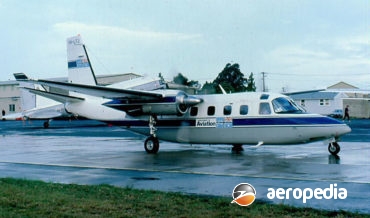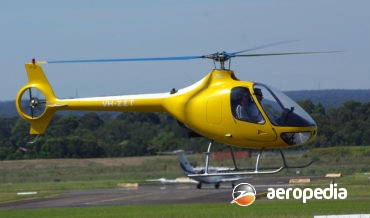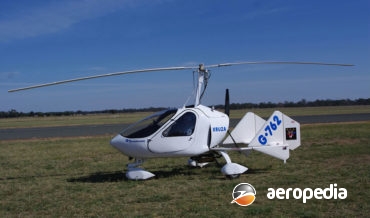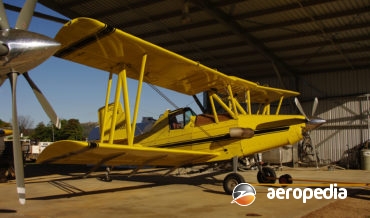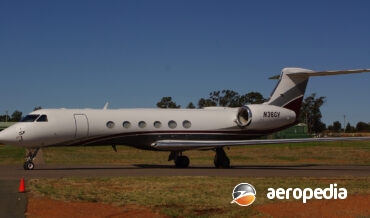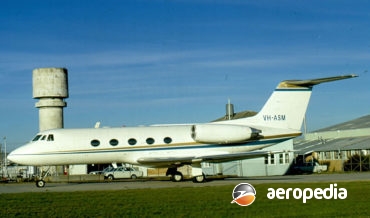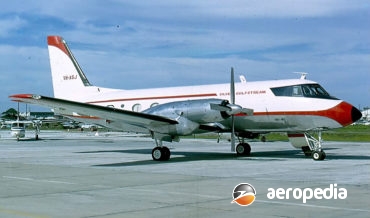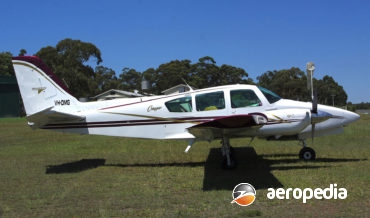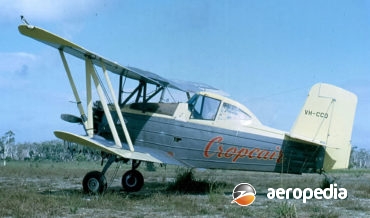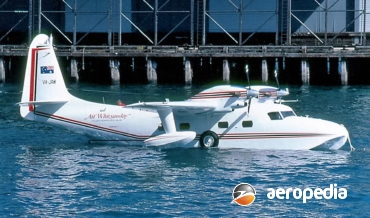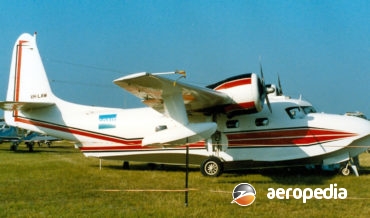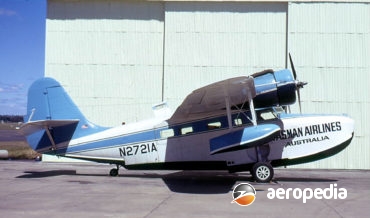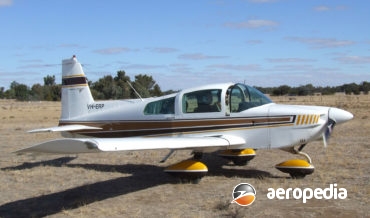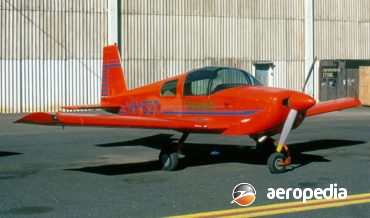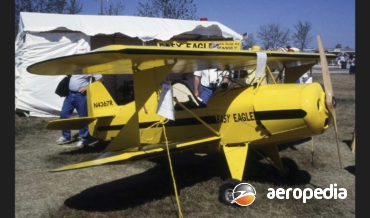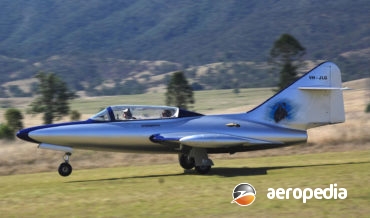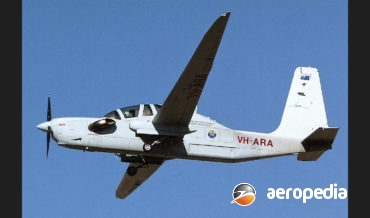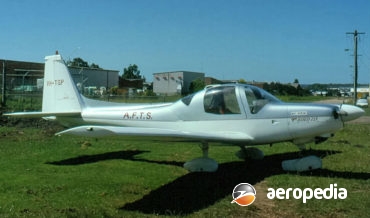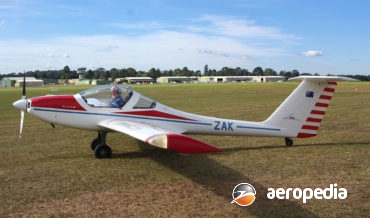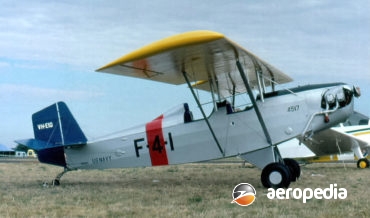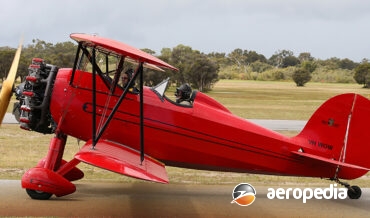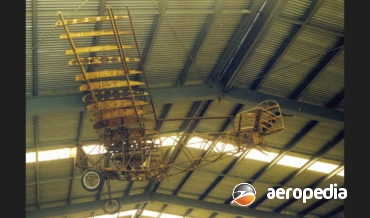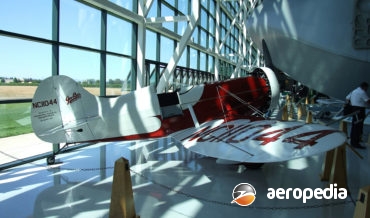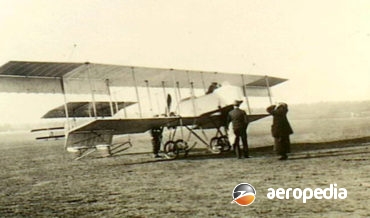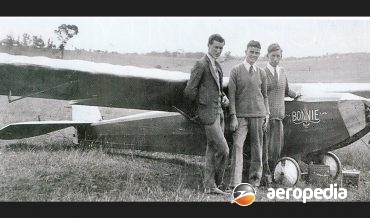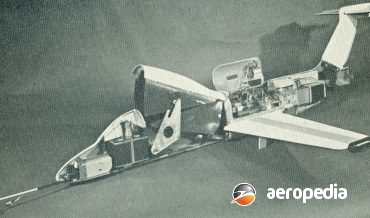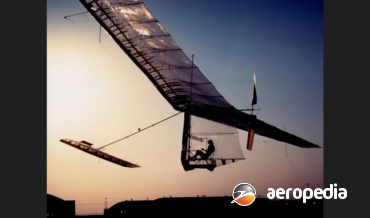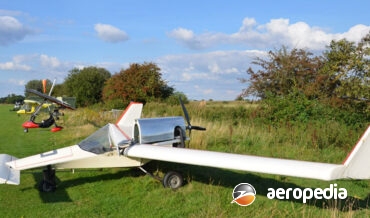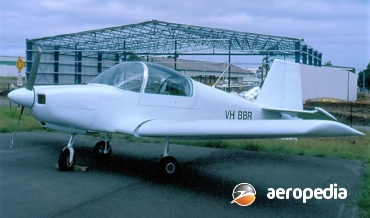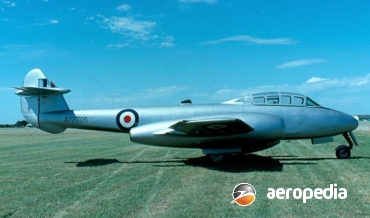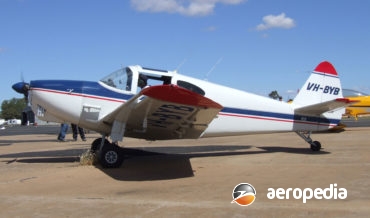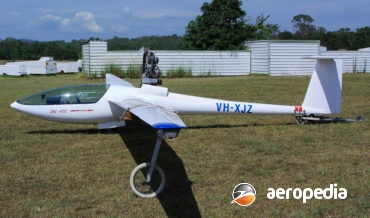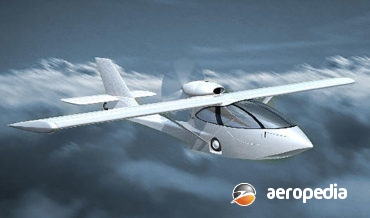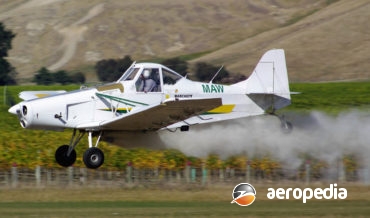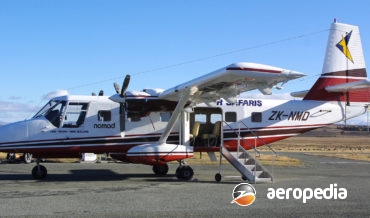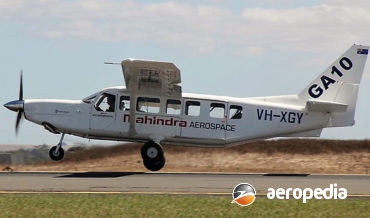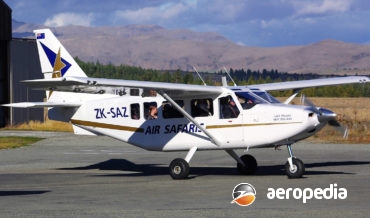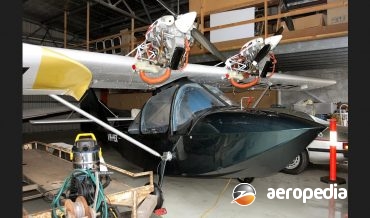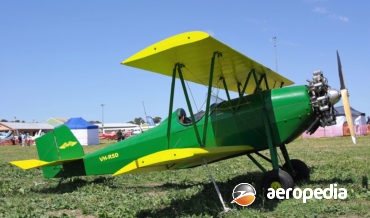All Contents
Contents
The prototype of the Series 1000 (or 695B) was flown for the first time on 12 May 1980 and deliveries of production aircraft began in July of the following year.
David C. Eyre
- May 8, 2019
The Cabri is a small, two-seat light helicopter, the production prototype of which (F-WYHG) was flown in March 2005, certification in Europe being obtained in December 2007.
David C. Eyre
- May 8, 2019
G T Gyroplanes of Moama, NSW was formed by Geoffrey and Alistair Morrison, who for many years had been involved in maintaining and re-building fixed wing aircraft and helicopters in the Central Otago area of New Zealand.
David C. Eyre
- May 8, 2019
The Grumman Ag Cat was designed by Joseph Lippert and Arthur Koch for agricultural work, having been perceived by the Grumman Corporation as an aircraft that would meet the growing agriculture market.
David C. Eyre
- May 8, 2019
Following the success of the Gulfstreams II and III Grumman introduced the Model IV, of which 340 examples were built in two basic models, the G-IV and G-IV-SP, examples of which were supplied to the US military services as the C-20.
David C. Eyre
- May 8, 2019
In May 1965 Grumman Aerospace launched a successor to the Gulfstream I powered by Rolls Royce Spey turbofans, this becoming known as the Gulfstream II.
David C. Eyre
- May 8, 2019
In 1956 Grumman set out to produce a long-range transport capable of operating to airline standards to replace the large number of Douglas DC-3s and similar types serving as business and executive aircraft in the USA.
David C. Eyre
- May 8, 2019
The Cougar was an intermediate design between the high-performance, singleengine, light aircraft and the then current light twins. Designed and developed by the Grumman American Company, production was carried out by Gulfstream America, the prototype was flown for the first time on 20 December 1974, and the first production aircraft
David C. Eyre
- May 8, 2019
The Ag Cat was designed by Grumman Aircraft and manufactured by Schweizer Aircraft Corp of Elmira, New York State under an agreement The prototype of the Ag Cat (N74054) was flown for the first time on 27 May 1957.
David C. Eyre
- May 8, 2019
To increase the performance and load carrying capacity of what was becoming an old flying boat, a number of persons and organisations looked at replacing the engines and equipment in the Mallard, one of these being Mr R Peterson of Northern Consolidated Airlines in the US, he having obtained c/n
David C. Eyre
- May 8, 2019
Designed as a versatile amphibious flying boat, the Mallard was sold in relatively small numbers, with only 59 examples being completed.
David C. Eyre
- May 8, 2019
The Grumman G21 series of twin engine amphibians was introduced in 1937.
David C. Eyre
- May 8, 2019
Designed to supplement the two-seat AA-1 Yankee series of aircraft, the AA-5 Traveler series was a four-seat variant which, although similar in appearance to the earlier models, had been extensively re-designed structurally to take the extra load of two more passengers, and the more powerful 112-kw (150-hp) engine.
David C. Eyre
- May 8, 2019
This series of aircraft originated from a design by James Bede, the well known American designer of aircraft for amateur constructors.
David C. Eyre
- May 8, 2019
Introduced to the market in 1998, the Easy Eagle light biplane was designed by Ronald Grosso, who initially supplied plans to interested builders, eventually the rights being obtained to supply plans by Cottage Grove of Wisconsin and in recent times it is marketed by Great Plains Aircraft Supply Co.
David C. Eyre
- May 8, 2019
The Panther is a two-seat experimental jet project that was constructed and developed in Queensland by John Gross.
David C. Eyre
- May 8, 2019
The Egrett (a name taken from the three companies which developed the proof-of-concept aircraft, ie E-Systems, Grob and Garrett) is one of a series of high-altitude surveillance and research aircraft planned by E-Systems and built by Grob Aerospace, work commencing in 1986, prototype construction taking place at Mindelheim/Mattsies in West
David C. Eyre
- May 8, 2019
The G-115 was one of the first aircraft to achieve full certification and go into full production that was constructed of glass-fibre reinforced plastics (GFRP).
David C. Eyre
- May 8, 2019
For some years now the Grob Flugzeugbau company in Germany has built a series of high-performance gliders, including the G-103 Twin Astir.
David C. Eyre
- May 8, 2019
The GN-1 Aircamper is a modernised variant of the Pietenpol Aircamper.
David C. Eyre
- May 8, 2019
The Great Lakes Aircraft Corp was formed in 1928 in Cleveland, Ohio, to produce sporting aircraft for the US market, and introduced the 2-T-1 in 1929.
David C. Eyre
- May 8, 2019
The Gray Monoplane was designed by William Herbert Gray of Parramatta, NSW, a self taught engineer who, in 1928, designed and commenced construction of his own monoplane.
David C. Eyre
- May 8, 2019
The Gee Bee series was designed by the Granville brothers (Zantford, Mark, Robert, Edward and Tom) solely for air-racing in the United States, this being very popular in the late 20’s and early 30’s, these races including the Thompson Trophy Race, the Cleveland National Air Races, the Bendix Trophy
David C. Eyre
- May 8, 2019
Claude Grahame-White was one of Britains early aviators who taught himself to fly and was acclaimed when he took part in the London to Manchester Air Race, the £10,000 prize for which went to the French aviator, Louis Paulhan.
David C. Eyre
- May 8, 2019
This was a small single-seat single-engine light aircraft which was originally designed and partially built by LJR Jones for entry in the 1924 Lightplane Competition held at Richmond aerodrome, west of Sydney (later RAAF Richmond).
David C. Eyre
- May 8, 2019
In 1959 a prize was announced by Henry Kremer, a British Industrialist, for the first group to build and fly a human-powered aircraft over a figure-of-eight course covering a total of 1.6 kms (one mile), the course to include a 3.048 m (10 ft) pole that the aircraft had to
David C. Eyre
- May 8, 2019
In 1959 a prize was announced by Henry Kremer, a British Industrialist, for the first group to build and fly a human-powered aircraft over a figure-of-eight course covering a total of 1.6 kms (one mile)
David C. Eyre
- May 8, 2019
The Goldwing was a single-seat, single-engined mid-wing monoplane with conventional three-axis control introduced to the ultralight market in 1979 and designed by Craig Catto and Brian Glenn and marketed by Goldwing Ltd in the United States.
David C. Eyre
- May 8, 2019
The Goair Trainer was a relatively new venture into the trainer / light touring aircraft marketed by an Australian company, Goair Products based at Bankstown, NSW.
David C. Eyre
- May 8, 2019
The Gloster Meteor was the first British operational jet fighter, the Models F-I and F-III seeing action briefly towards the end of World War II.
David C. Eyre
- May 8, 2019
Bennett Aircraft Corp was formed in Texas in 1940 to develop and build, using a new material known as Duraloid, a series of light aircraft
David C. Eyre
- May 8, 2019
Glaser-Dirks Flugzeugbau was formed by Wilhelm Dirks and Gerhard Glaser at Alkafleg Darmstadt to develop and build gliders in Germany for the world market. The first design was the D-38, which first flew in February 1973, and was followed in May 1974 by the DR-100, DG-200 and since then
David C. Eyre
- May 8, 2019
The Landseair was designed by Martin Gischus as a light touring amphibian which can be built in kit form and is aimed at both the ultralight and general aviation markets.
David C. Eyre
- May 8, 2019
For some years Gippsland Aeronautics (formerly Latrobe Valley Aviation Services) was involved in rebuilding the Piper PA-25-235 Pawnee agricultural aircraft.
David C. Eyre
- May 8, 2019
In 2011 GippsAero, as it had become, announced that following an injection of funds by its parent company, Mahindra Aerospace, the development of the GAF N-24 Nomad commercial transport would proceed apace and to this end the company obtained from Air Safaris of Lake Tekapo, New Zealand, an N-24 ZK-NMC,
David C. Eyre
- May 8, 2019
A development of the successful GA-8 Airvan series by GippsAero at the Latrobe Regional Airport at Morwell, Victoria, the GA-10 is a new model produced by Gipps Aero (formerly Gippsland), as the company became known after the injection of money from India by Mahindra.
David C. Eyre
- May 8, 2019
Following its success in the market, Gipps Aero continued the development of the Airvan and produced a number of enhancements to the aircraft, these including an optional under-fuselage cargo pod, an autopilot, air-conditioning, a larger nosewheel for soft field operations and an EDM-800 engine monitoring and data logging system.
David C. Eyre
- May 8, 2019
The GA-8 Airvan is a new entrant into the manufacture of light aircraft in Australia, and is the first commercial utility type aircraft put into production since the GAF Nomad.
David C. Eyre
- May 8, 2019
Designed by Boris Chernov, the Korvet (Corvette) was a light sporting three-seat amphibian designed and built in Russia and is one of a series of light amphibians and flying boats produced by this Company.
David C. Eyre
- May 8, 2019
The Gere Biplane was designed by George Gere junior, a 19 year old student at the University of Minnesota, in 1932 as a cheap easy to build light aircraft.
David C. Eyre
- May 8, 2019
Recent Comments
Archives
Categories
- No categories
Categories
- No categories
Latest Posts
Newsletter

